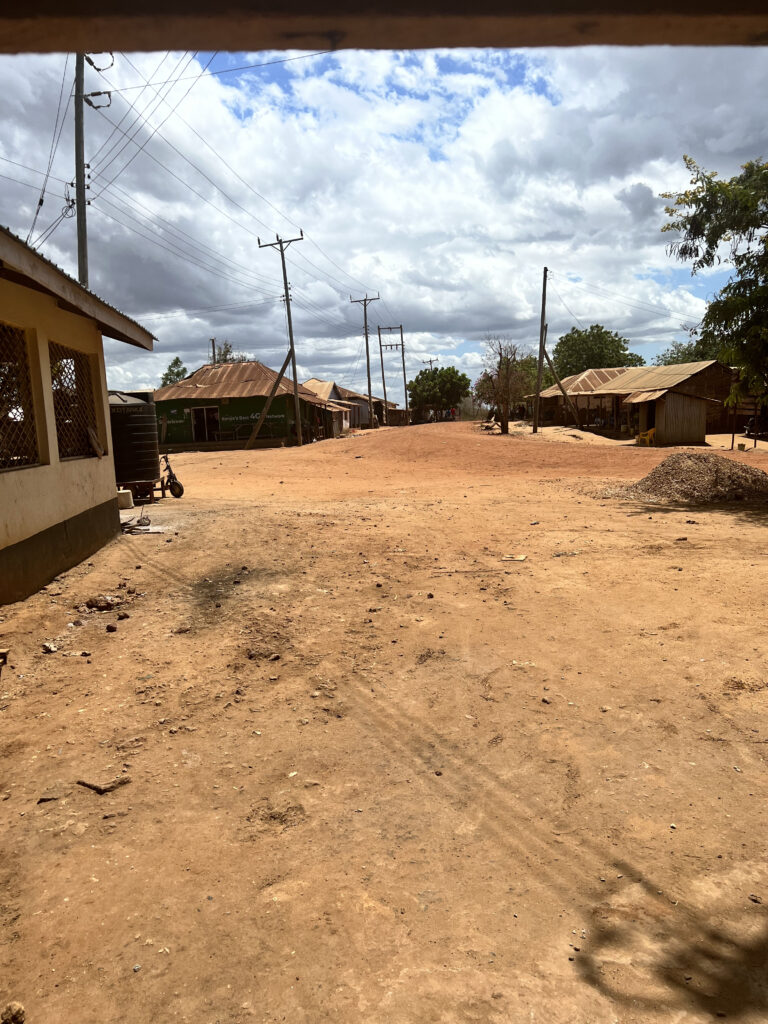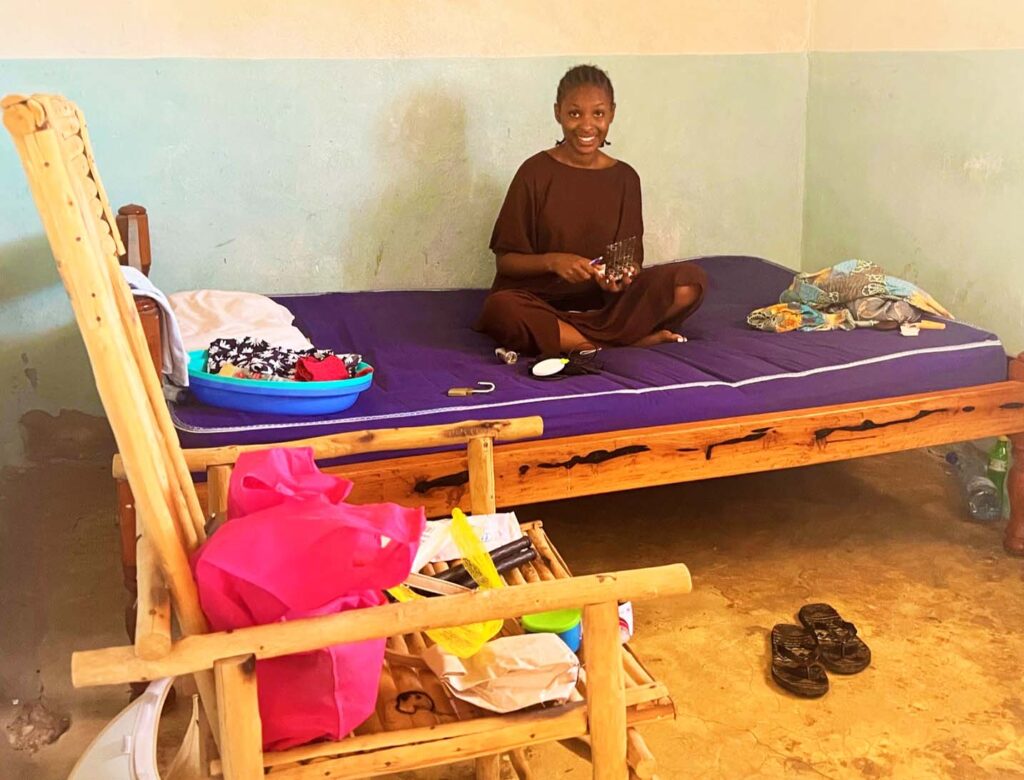Stories from the Green Fellowship in Garashi Village
In the quest to understand and properly articulate some of the human activities and how they have affected the environment, and how they contribute to Climate Change. I sought to live among communities in Kenya where some of these disruptive human activities happen. I wanted to observe the influences, the circumstances, the challenges and the motives that communities face. I wanted to stay with the community members and see how much they understand about how their practices affect the environment both positively and negatively. So I explored the rural areas of Kilifi County, on the green fellowship supported by the Open Institute.
This was a unique experience from the beginning. It was going to be the first time I was going to live nine thousand kilometres, 15 hours away from home, away from family and familiar people – and live in a rural village. It was to be my first time sleeping in a hut, having to fetch water and firewood and cooking without the benefit of electricity or gas.
Was I excited? Yes, very. I had always wondered how life was for all those dwellers in the “marginalized” areas. I have always been curious about their circumstances and how they survived in circumstances, I believed required such high levels of resilience – from unforgiving heat from the sun, unrelenting manual livelihoods and scarcity. As an urbanite, my experiences were markedly different. I had so many questions. Are they okay with it? Have they been exposed to better lifestyle options, and if so, what comes in the way of them creating this lifestyle in their communities?
There’s always a time of the year when they make headlines. It’s the drought so severe that they lose lives and livestock, it’s the flash floods that leave them displaced but it’s also the fact that it’s quite recurrent. I wonder if there is nothing sustainable we can do?

That is how I found myself in Garashi Village in Kilifi County in the coast of Kenya.
I have never seen a community this connected. Whether or not they know you, they will say hello. Young people respectfully say, “Shikamoo!” (receive my greetings) to their elders to which the adults will respond, “Marahabaa” (greetings received). I loved it when I made this salutation and they’d add “mwanangu” (my child) in their response. “Marahabaa mwanangu” was a statement that made me feel loved, welcomed and accepted. I Instantly loved the social structure of Garashi Village.
Adults greet each other more familiarly but just as respectfully. “Sindadze!” you would cheerily say, roughly meaning how is your day? And the response will swiftly follow, “sinda maana, nambola” (great, how about you) response, ”maana” (good) then “ndo vidzo” (that is well).

My room was threadbare – but luxurious deluxe by Garashi standards. I ate at Mama Tune’s restaurant which is nicknamed “Kempinsky” after the five-star hotels or at my host’s kiosk, where I ate in one sinia, a large plate with Karembo and her friends.
(Caption) A quick photo, taken on my last day in Garashi
I spent my first afternoon with my host, Karembo (whose name literally means the beautiful one), a 23 yrs old lady, by her kibanda (kiosk) on the dusty village square – that mainly consisted of small shops – just about one of every kind – one tailor, one wholesaler, one phone shop. Here, I met ladies who braid hair and have a salon close by and I met two young girls who became my Garashi baby sisters. They were all intrigued by the fact that a girl like me would choose to come from Nairobi to leave in the village for a month. Soon, they were suggesting that I should feel free to make the visit permanent and even suggested a possible suitor for me, a mysterious Mr Adam.
I got more excited at their mellow comfort. The young men who mostly do boda boda business, would say hi and go ahead and inquire from the ladies about me in the local dialect, kigiriama, I didn’t understand all their inquiries but I quickly learnt that “mjeni ” or means visitor and I’d tell the conversation was around me and the guys would seem okay with no further interest. Then we got into conversations that generally surrounded comparisons of Garashi and Nairobi. They told me of their wishes Garashi was (at least nearly) as developed as Nairobi, a city that only two out of the eight women had seen from visiting family some years back.
Even though I could tell some sense of special treatment for being a visitor, I felt at home and I felt hopeful that my Garashi Village visit would definitely bring some answers to my endless curiosity.
I spent a lot of time with the family of a local community leader, Janet. Her daughters taught me how to fetch water from the local borehole and carry it on my head, swaying our waists elegantly to maintain balance. I went with them to fetch firewood and got to see up close the burning of charcoal. I attended womens’ table banking meetings and meeting at the local chief’s offices.
Garashi was my first stop in rural Kilifi and by the time, I left, I felt I had family there.




